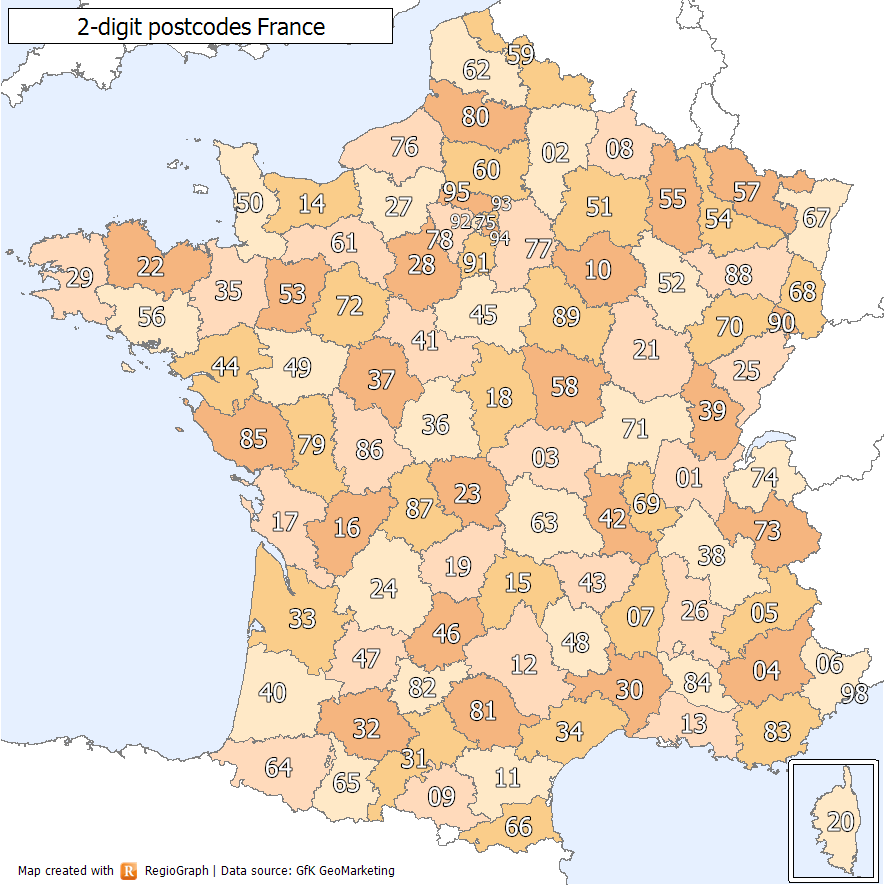In the world of instant messaging, email and social media, some of us still favour letter writing. In France, physical letters are still very much alive, despite La Poste moving to three-days-a-week letter deliveries.
Whether you’re sending a love letter to your Chérie or reaching out to a long lost friend, it’s not too hard to get your head around the French postal system.
Similar to other countries, the main components of sending a letter to France are the address format and postal code. However, there is some etiquette specific to France that you may not be aware of.
In this article, we’re going to be looking at the basics of how to a send a typical letter to France.
If you’re looking for the quickest and easiest way to send a real letter to France, let us do the heavy lifting. With e-Snail, you can quickly and easily send a physical letter to anywhere in the world.
French Address Format
This is the first step in writing any letter, and arguably the most important. For letters to France, the recipient’s address should be written clearly on the face of the envelope, in the bottom right hand corner. It should not exceed six lines, and capitals are used more heavily than in other countries.
A title should always be included, and can also be shortened. For example:
- Monsieur is shortened to M. for a man e.g. M. BLOGGS
- Madame is shortened to Mme. for a woman e.g. Mme BLOGGS
- Mademoiselle is shortened to Mlle e.g. Mlle BLOGGS
Note that the last name is typically written in capitals to help avoid confusion. You can include their first name if you wish, or simply the title and last name. This should be placed on the first line of the address.
The remaining lines are then used for the address and supplementary information (such as apartment number). For example
- Line 1: Title, name
- Line 2: Optional supplementary information e.g. apartment number
- Line 3: Optional supplementary information regarding building e.g. building name
- Line 4: Street name and number
- Line 5: Optional supplementary information e.g. PO Box
- Line 6: Postal code and city or other locality
The absolute minimum required would be Line 1, Line 4 and Line 6. If you’re sending a letter to a business, this should be put on line 1 and in capitals, subsequently shifting everything down. For international letters, line 7 can be used for ‘France’.
French Postal Codes
French postal codes are five digits and consisting only of numbers. There are never any letters, spaces or punctuation (such as hyphens). If you need to find a postal code you can use this tool from La Poste to look it up.
The first two digits indicate the département in which the city is located in (similar to counties in the UK), and the last 3 digits identify a more precise location within a département.

Conclusion
While sending a letter to France is a little different to what you may be used to, if you follow the guidelines above you can be confident that it will make it there safely.
While the French postal system is impressive, you can also use e-Snail to easily send a real letter online to anywhere in the world.



